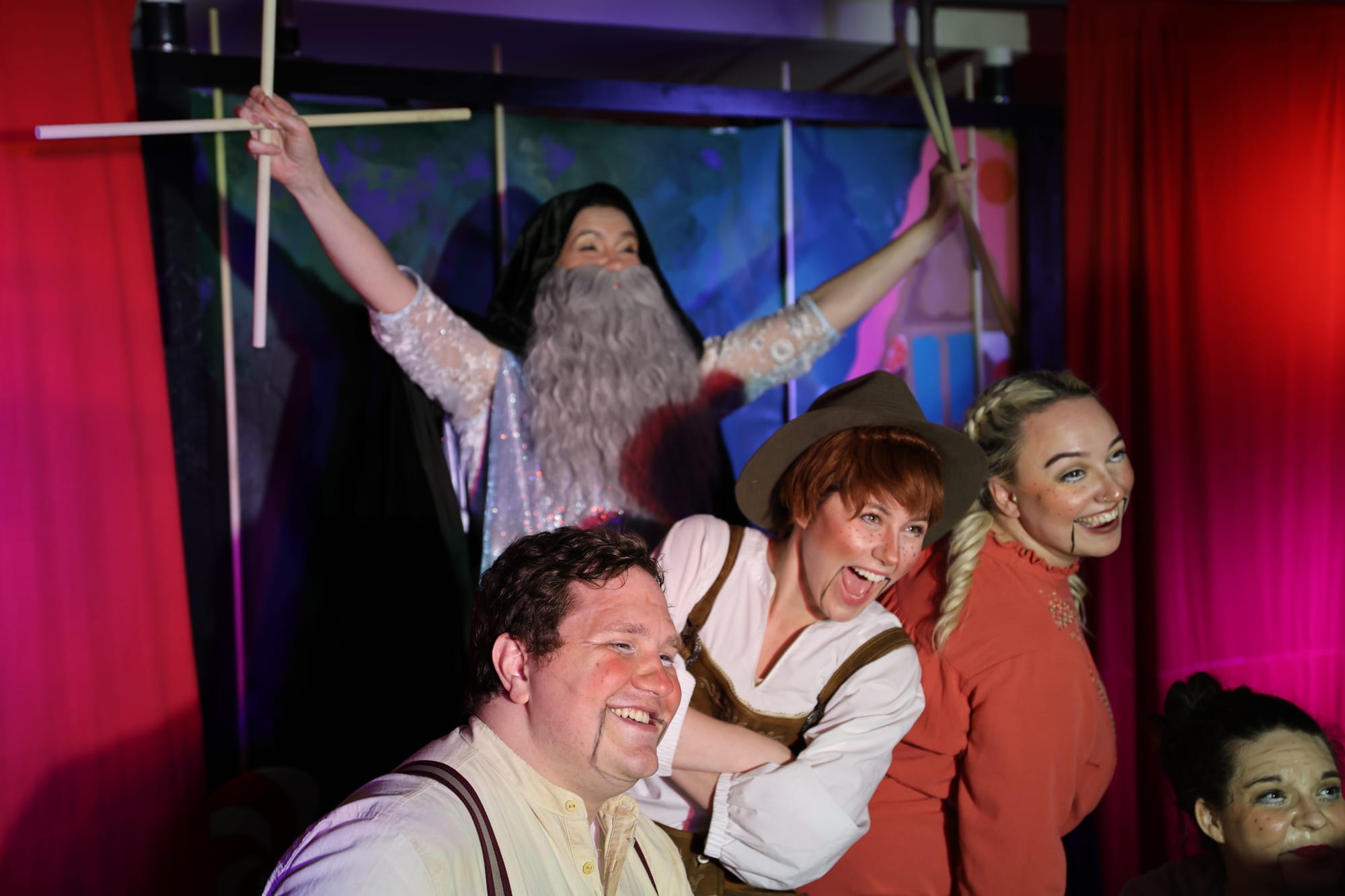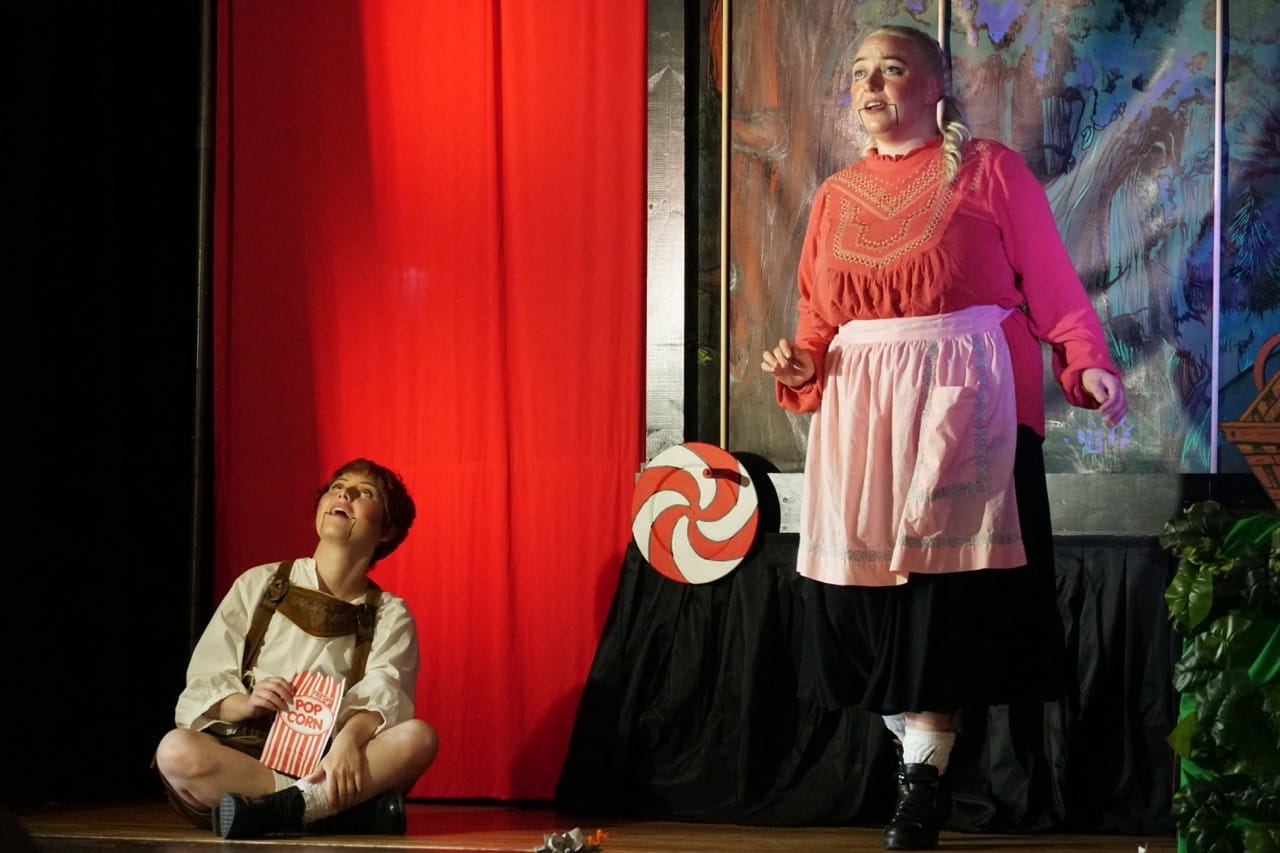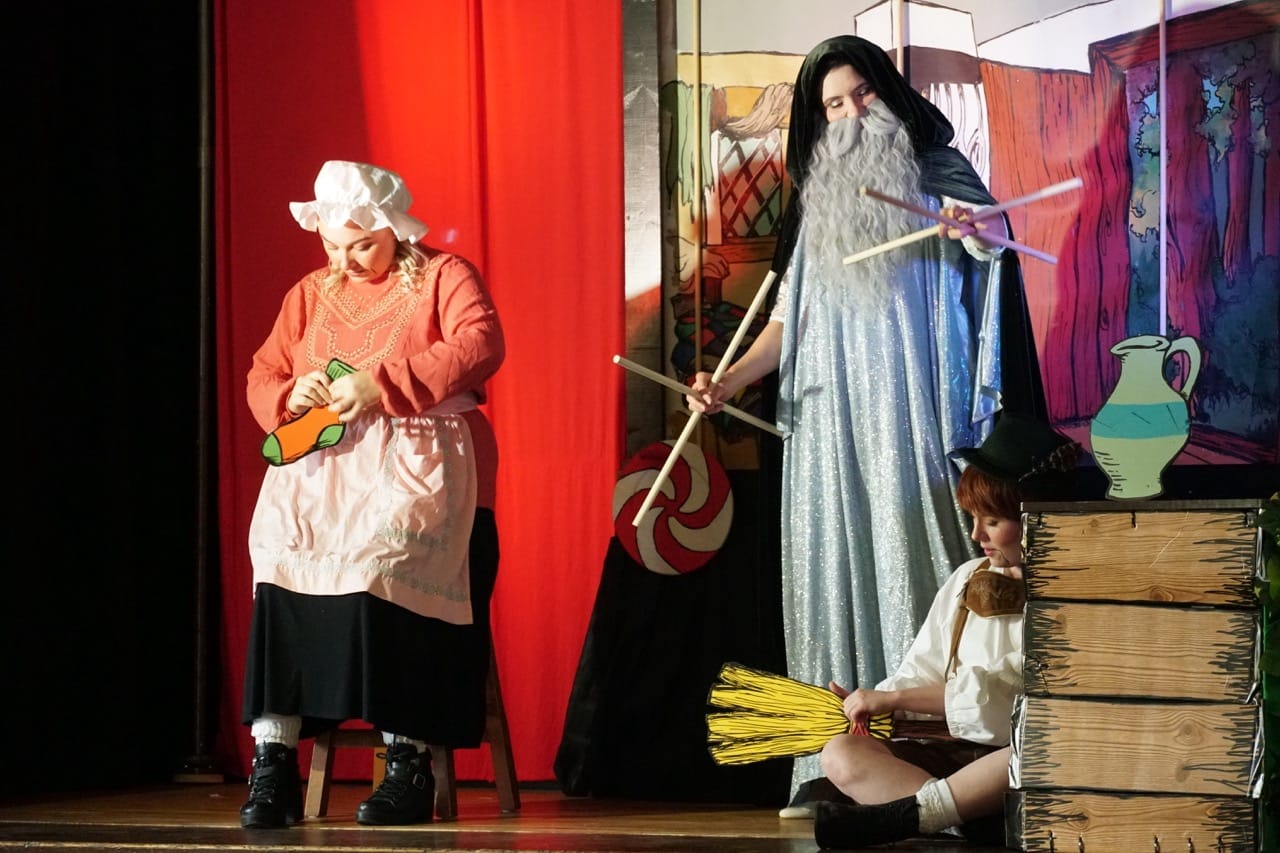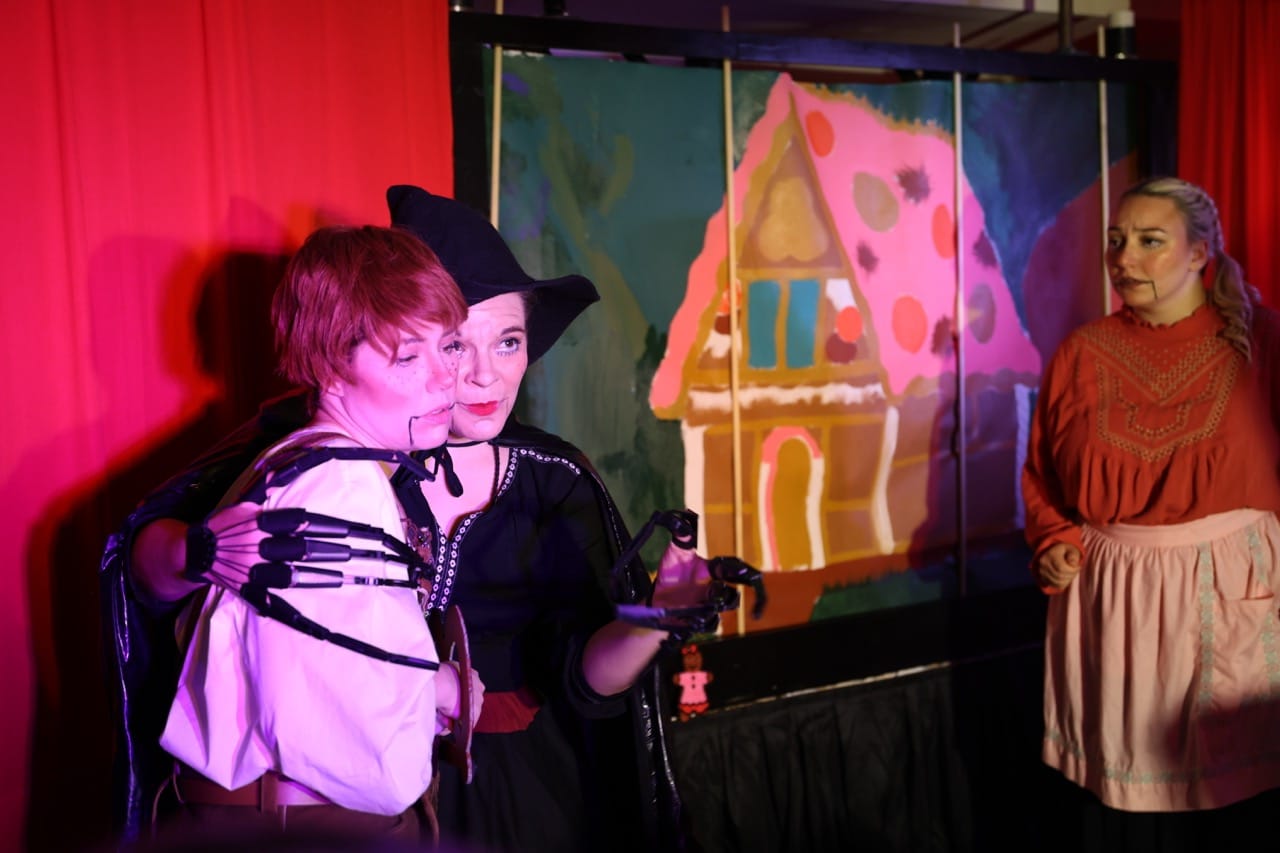Hansel & Gretel

Music by Engelbert Humperdinck
Translation by Costance Bache
Chicago City Opera, August 2025
In my director's note for this piece, I said that many operas have an underlying emotion to them, and I believed that this one's is joy. This opera was designed as a touring production, to be presented in three different venues - two different proscenium stages and an outdoor space in front of a mausoleum at Rosehill Cemetery. To accommodate the mobile nature of the show along with making it accessible to younger audiences, we presented an English translation rather than sing in the original German.

I was brought in relatively late in preproduction for this piece, which led to a few creative decisions that helped speed things along. One of the best lessons I learned during my time as a graphic designer was "don't get married to your ideas". It's important to design great communication pieces that meet your standards and your clients needs - but you need to remain open to feedback and client feedback to deliver the product you were hired to create. Alexis approached me with the idea of presenting the piece as a puppet show - that saved me the initial blank slate sessions of imagining where to begin. I was then able to start from there and find a way to build a our puppet world in a way that opened the doors for some fun comedic moments and some more nuanced world building for adult audiences.

The show opens with our singer playing the Dew Fairy and Sandman leading Hansel and Gretel onstage - through the makeup, we could immediately see that while the siblings were puppets (in fact, all the other characters), the Dew Fairy was not. They would serve as our puppeteer and primary storyteller, driving most of the stage magic through the show. Once we established this paradigm, we played with it a little - all of the Witch's magic was performed using the same puppeteering cross bars that the Dew Fairy used. We set the Witch up as a puppet who has realized she's a puppet living in a puppet show - and knows enough about the physics/rules of that world to be able to act upon it. She was also able to change the scenic backdrop, which only the Dew Fairy had done earlier. Establishing this aesthetic also played particularly well at one of our performance venues, which had a long, very shallow stage, which gave it a strong 2D feel.

Speaking of the scenic backdrop, Alexis was intent on utilizing a crankie - a mechanism that contains a large canvas that can be scrolled from left to right to change the scene. This old technology was a blast to play with and fit right at home with the puppet world. Only the "puppeteers" were allowed to crank us into new scenes. Our scenic designers, Adam and Kent Nicholson, built the apparatus (the largest of its kind we could ever find record of), and Molly designed the scroll. The crankie could be fully disassembled and shipped between venues, acting as the centerpiece to the traveling show.
This piece was a blast - spectacular creative team, talented and playful singers, and some splendid music. Alexis did a spectacular job of trimming the score down to fit the CCO (previously Ouroborous) ethos of fitting grand opera into smaller spaces. We cut the ensemble, shortened the instrumental interludes, and removed some music that didn't advance the plot. One interesting byproduct of this was that the character of the mother was softened. In the full score, she's a bit of a monster, but with our cuts, her entire character changed. Exploring the family dynamics with this change shaped the story, reinforced the childlike wonder and joy inundating the show, and helped solidify our world. I'm looking forward to trying this again someday in the original German.

